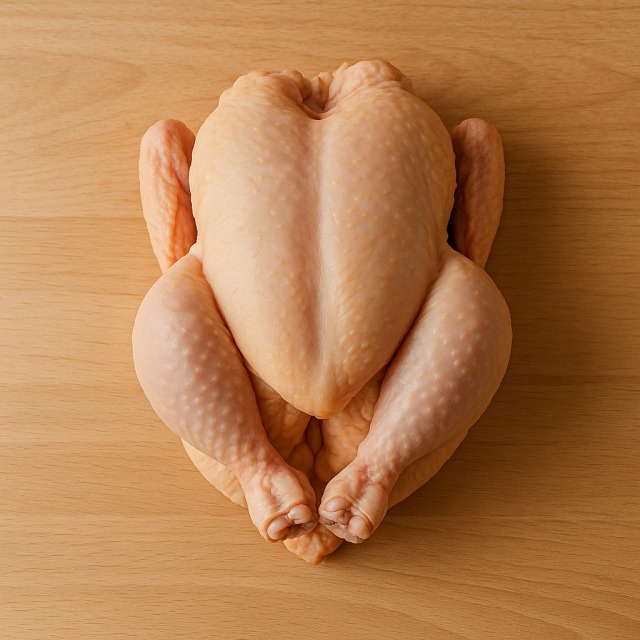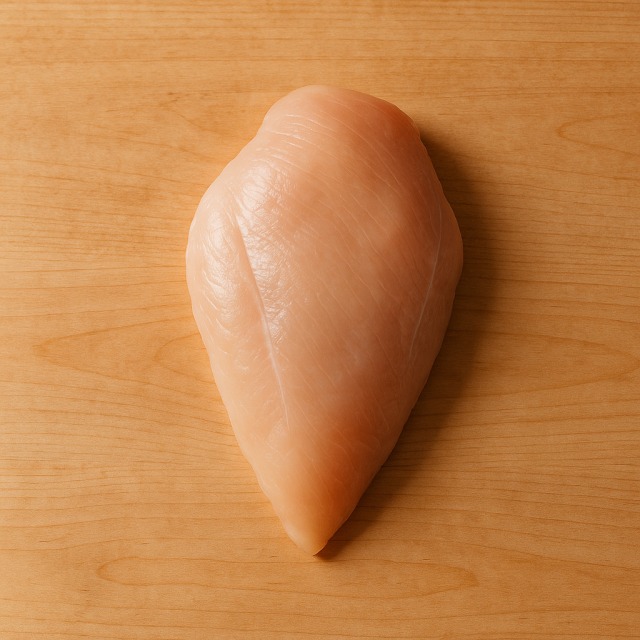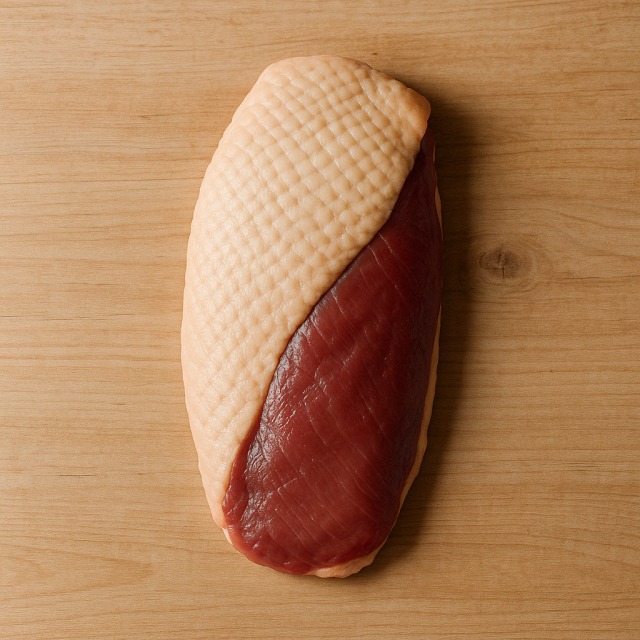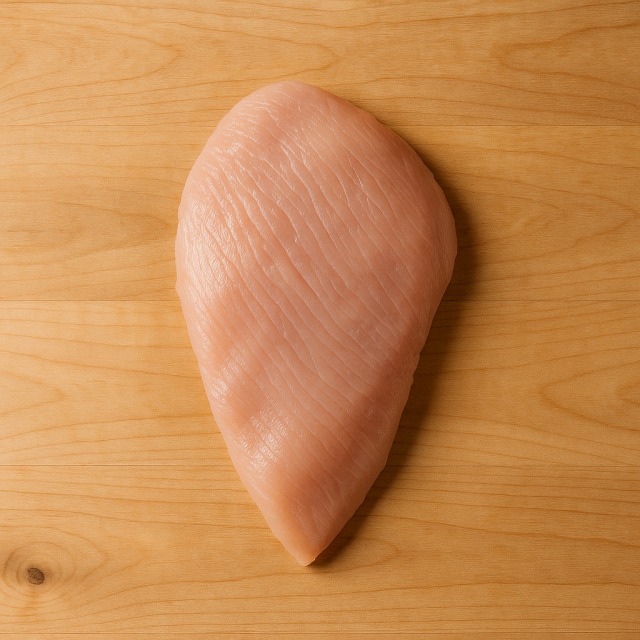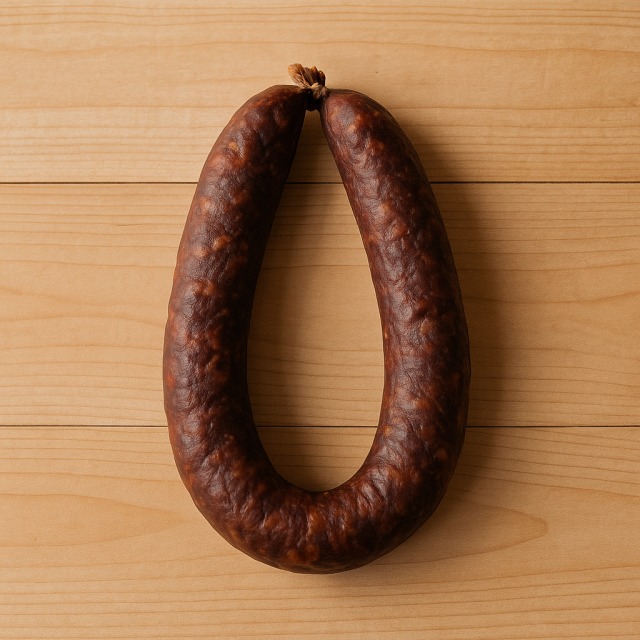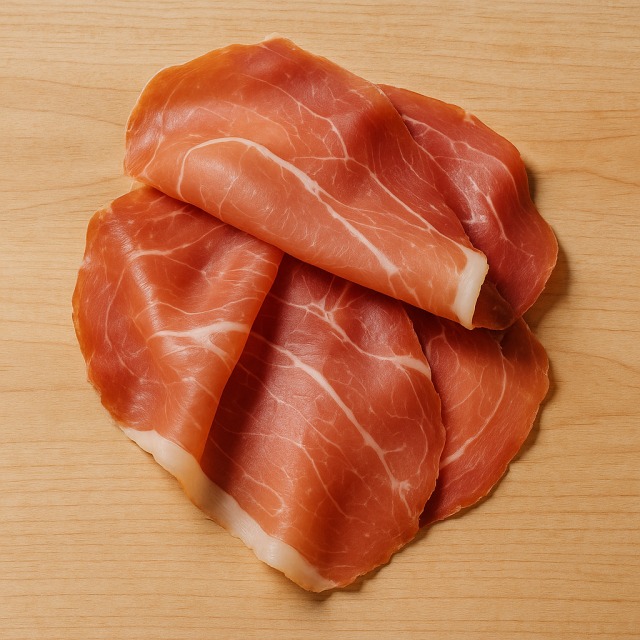Calorie Chart / Meat & Eggs / Duck
How Many Calories Are in Duck?
Calculation of the nutritional value & Recommended Dietary Intake of duck
For g and a calorie requirement of kcal
| Calories 255 kcal | Proteins 30 g | Lipids 15 g | Carbohydrates 0 g |
| 13% | 40% | 22% | 0% |
Health benefits of duck
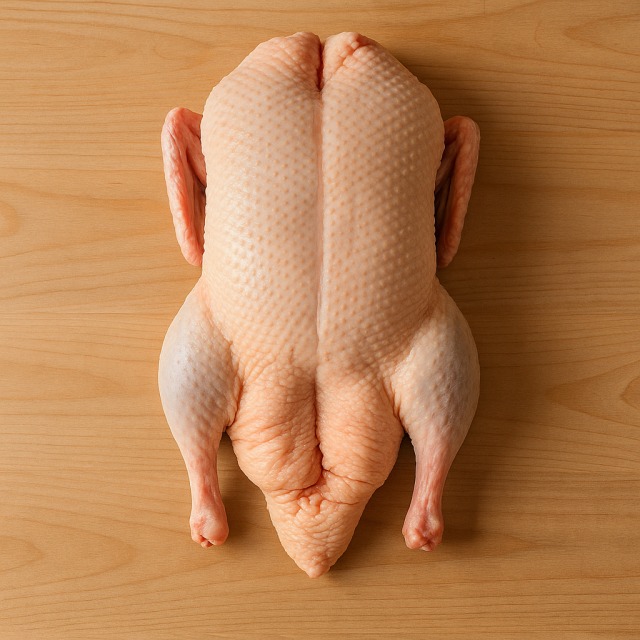
Duck - 100g
Calories 170 kcal
Proteins 20 g
Lipids 10 g
Carbohydrates 0 g
With about 170 calories per 100 g, duck sits in the moderate-calorie poultry category: richer than chicken but lighter than many red meats. These calories are accompanied by 20 g of high-quality proteins that contribute to muscle maintenance, and by 10 g of lipids, a fair share of which is monounsaturated fat similar to that found in olive oil. Duck is also an excellent source of heme iron, selenium, and zinc, three minerals essential for oxygen transport, antioxidant defense, and immune function.
Vitamin-wise, duck supplies notable amounts of B-group vitamins—especially niacin (B3) and pyridoxine (B6)—which help turn calories from food into cellular energy. Its skin fat provides a modest dose of vitamin E, a lipid-soluble antioxidant. Some studies suggest that the darker meat of duck contains higher levels of carnosine, a peptide supposedly linked to reduced muscle fatigue; this benefit remains "supposed" because human evidence is still limited. Thanks to this nutrient density, the calories you invest in duck return a solid package of micronutrients and savory satisfaction.
Tips for incorporating duck into a balanced diet
Because duck already delivers 170 calories per 100 g, pairing it with low-calorie, fiber-rich sides keeps the overall calorie balance in check. Think of a seared duck breast served with steamed zucchini ribbons and a spoonful of wild berries for a sweet-and-sour note—this contrasts flavors without piling on calories. Another idea is a warm duck salad: shred leftover meat over mixed greens, add slices of orange for zest, and drizzle a light vinaigrette. The juicy fruit offsets the savory calories of the poultry while adding vitamin C.
If you need more sustained energy—for example, before a long workout—combine roasted duck legs with a portion of brown rice or even a side of quinoa. The complex carbs feed endurance while the duck proteins repair muscles, and together their calories remain controllable when portions are measured. Classic recipes such as duck à l'orange, duck confit with a side of green beans, or Asian-inspired duck stir-fry with soy sauce and vegetables all illustrate how clever seasoning and balanced garnishes help manage calories without sacrificing taste.
Frequently Asked Questions
- How many calories are in duck?
- There are 170 kcal per 100 g.
- Is duck higher in calories than chicken?
- Yes, duck contains more calories than skinless chicken breast, mainly because of its higher fat content, yet it remains moderate compared with many cuts of red meat.
- Do the calories change if I remove the skin?
- Removing the skin trims roughly one-third of the fat, reducing calories by about 30%, while keeping most of the proteins.
- What cooking method keeps calories lowest?
- Grilling or oven-roasting on a rack lets fat render and drip away, leading to fewer retained calories than pan-frying or confit.
- Are duck confit calories the same?
- Duck confit is cooked in its own fat, so its calories rise to around 300 kcal per 100 g—nearly double regular roasted duck.
- Can athletes rely on duck calories for bulking?
- The combination of nutrient-dense calories and 20 g of proteins per 100 g makes duck a practical option for lean bulking, provided total daily calories fit your plan.
Similar foods
Information provided by Calorie Menu may contain inaccuracies or errors. It cannot, under any circumstances, substitute medical advice or medication.
